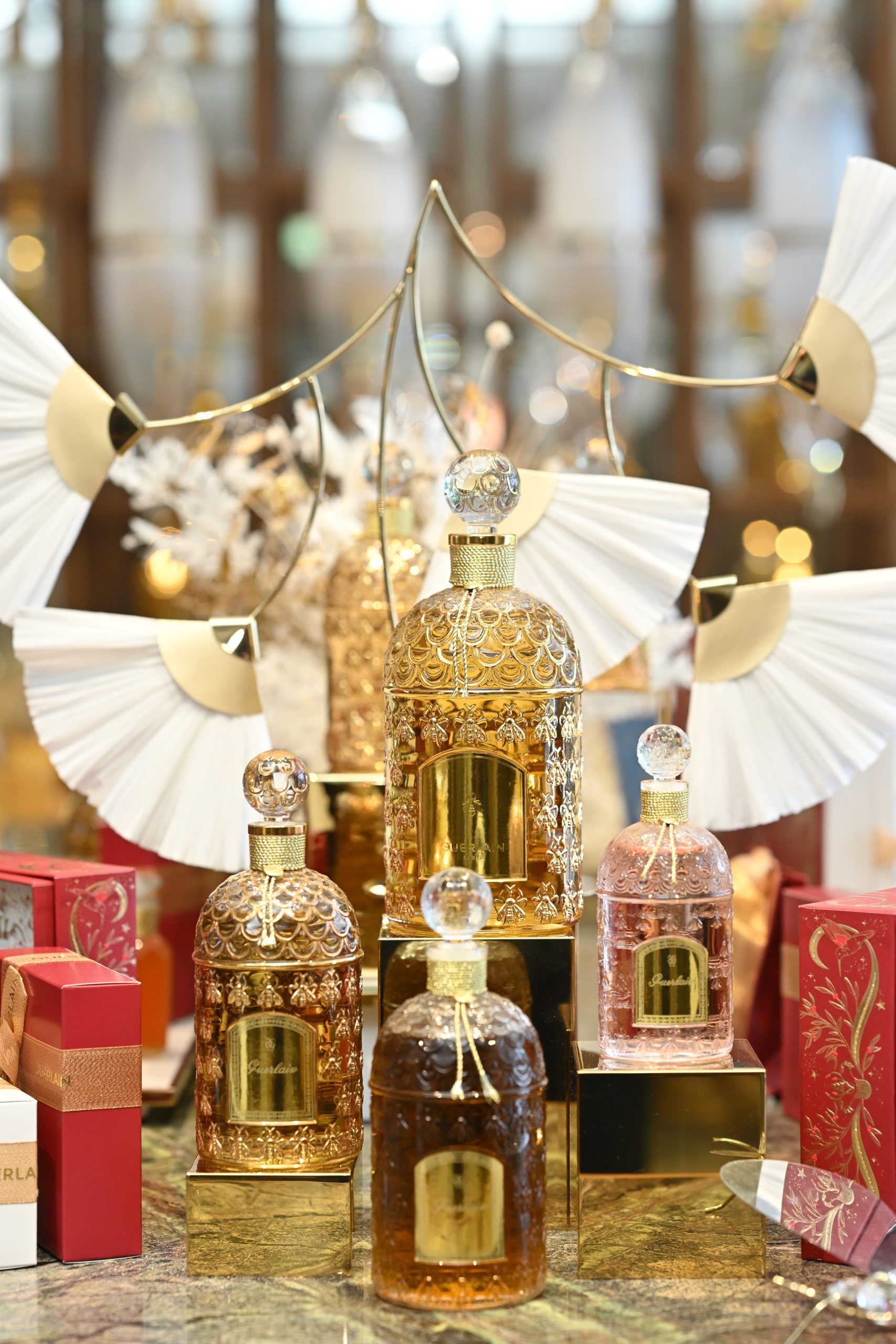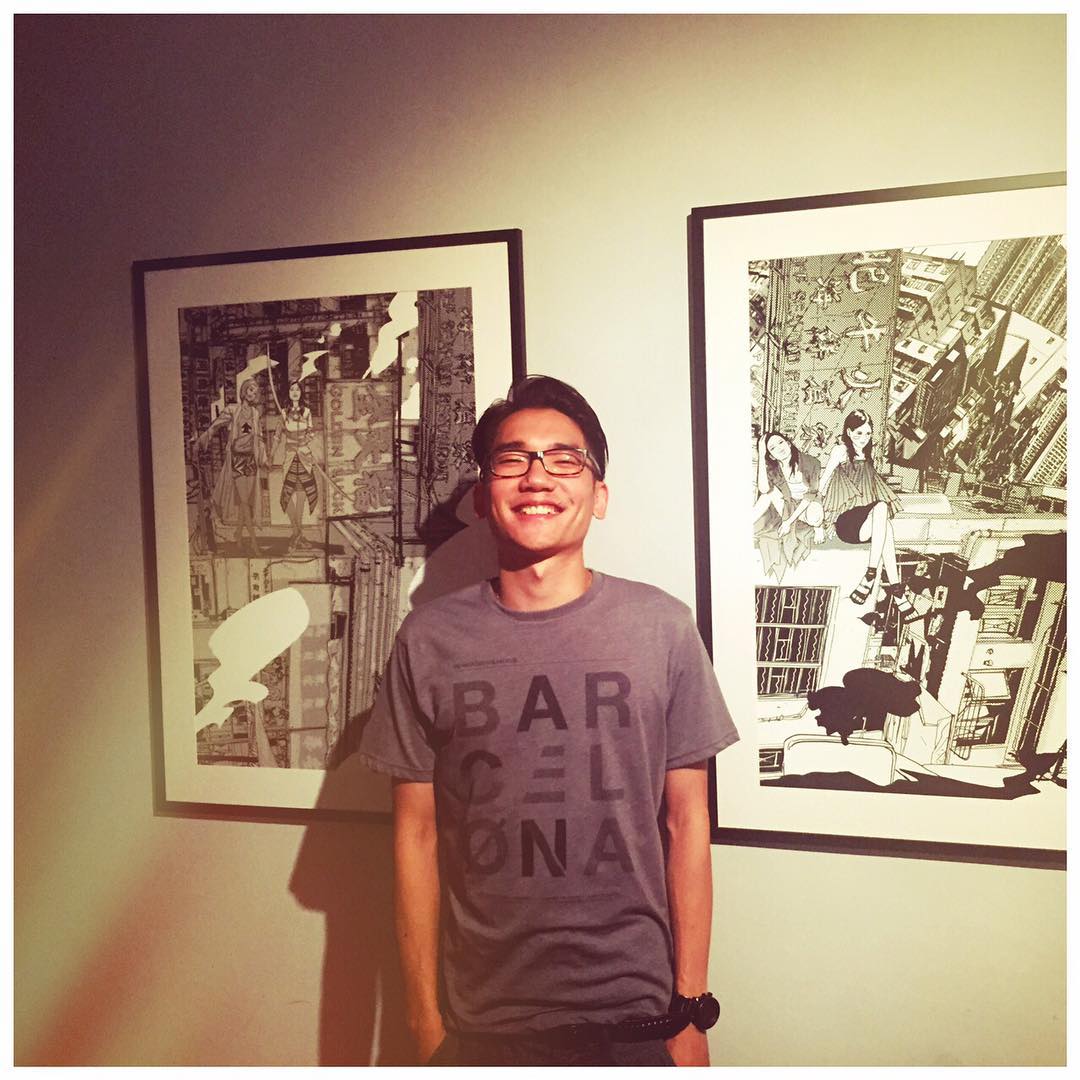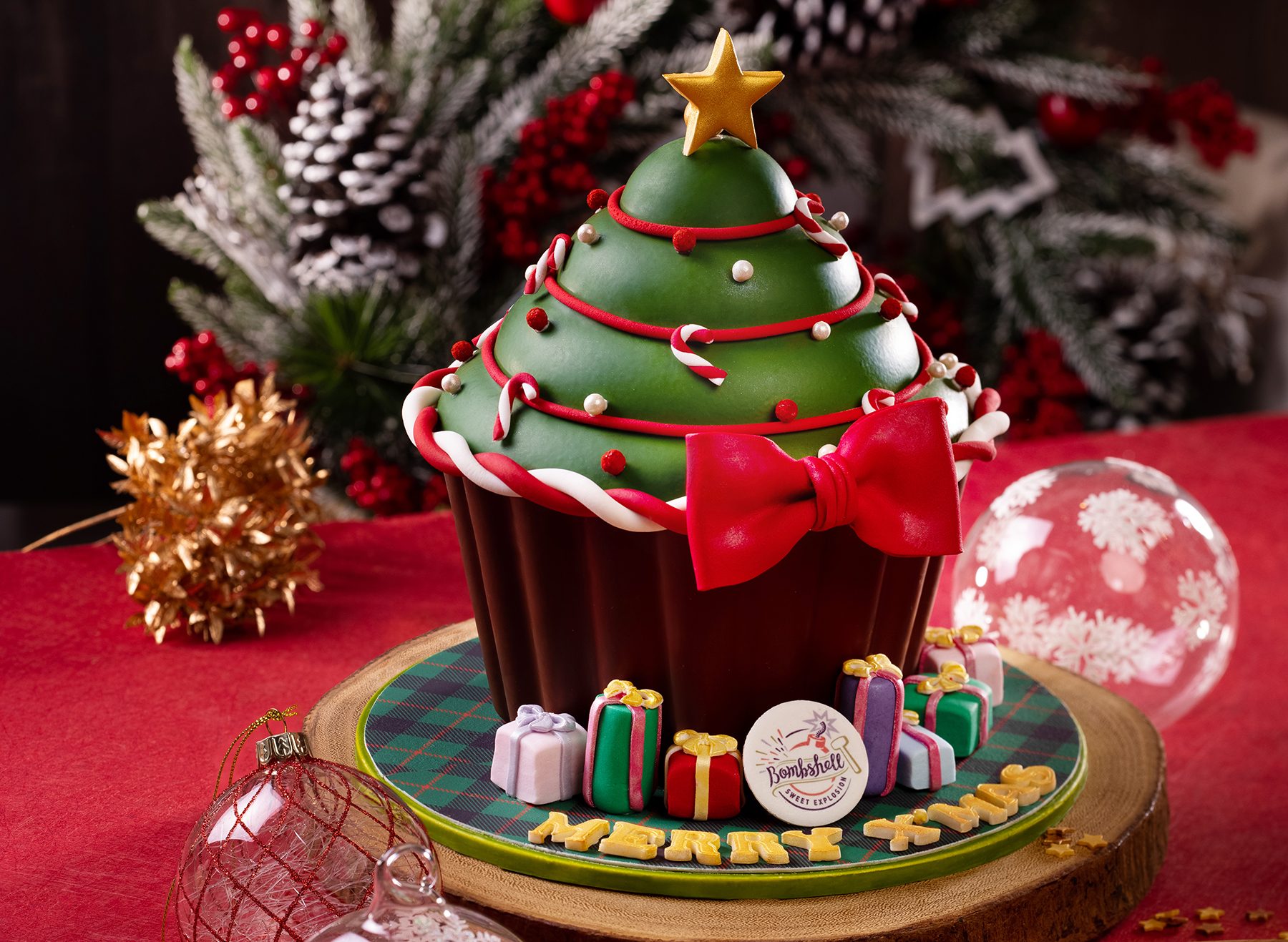Coming to the end of October means celebrating one of the year’s “spookiest” events. To get into the spirit of Halloween – a contraction of “All Hallows Eve” – we list the five most famous ghostly festivals from across the world
Halloween – Western countries
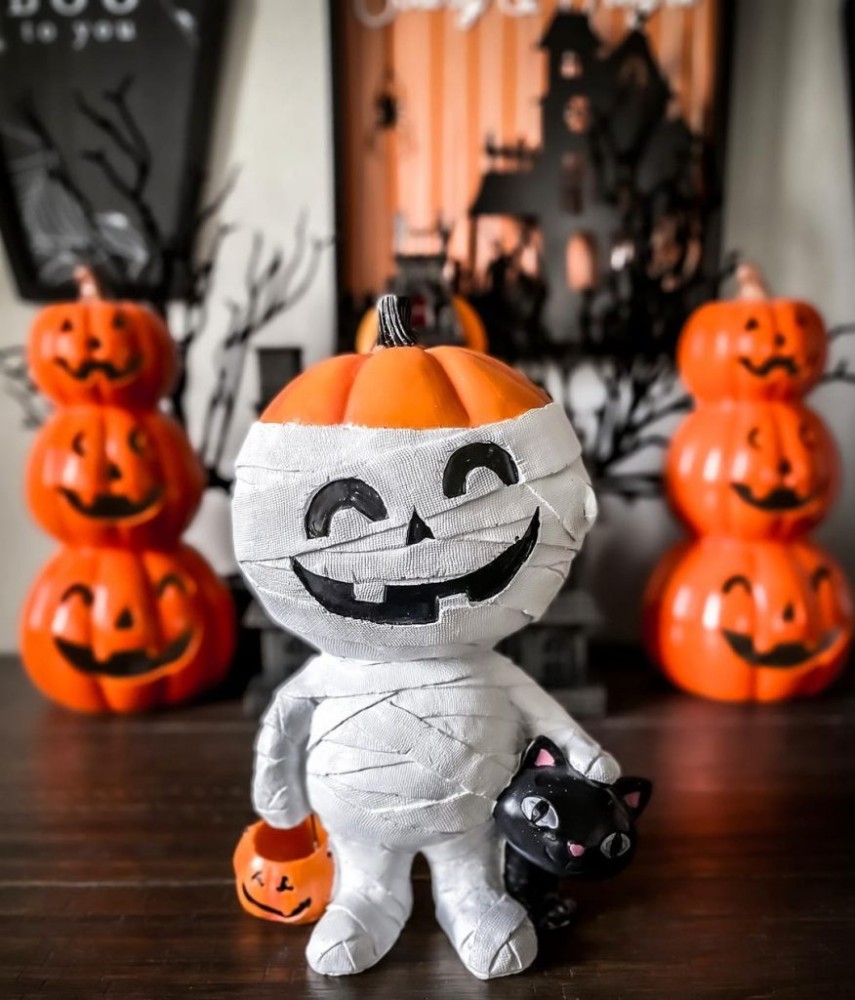
The principal ghostly celebration in Western countries is best known as Halloween (or the Celtic festival of Samhain), celebrated on the last day of October. The day marks the return of ghost souls who are believed to visit their homes from the otherworld.
Some traditions range from trick-or-treating to setting bonfires to protect themselves from evil spirits. Among them, the most prominent is wearing costumes for parties.
The Celts who mostly lived in the areas that are now Ireland, the United Kingdom and northern France about 2,000 years ago, celebrated their new year on November 1. By the 9th century, Christianity pervaded Celtic lands and its rites slowly but surely superimposed on the older Celtic ones. By AD 1000, November 2 was made into All Souls’ Day to honour the dead. Like Samhain with its big bonfires, costume dress-ups and parades, All Souls’ Day celebrated saints, martyrs, angels and devils. The day prior was eventually known as All Saints’ Day (November 1), with Halloween preceding it on October 31.
Hungry Ghost Festival – China and other Asian countries
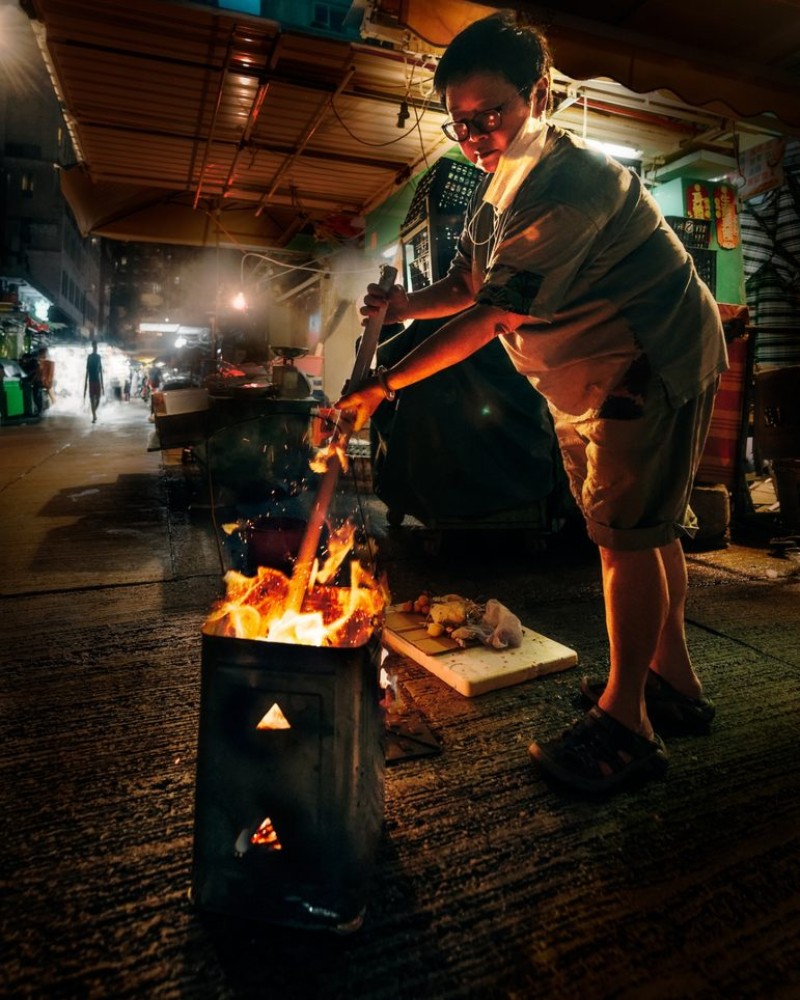
Hungry Ghost Festival is a Buddhist and Taoist ghost festival originating in China, which occurs every seventh month of the Chinese lunar calendar, particularly on the 15th day. The festival prohibits evil and ghosts spirits from entering – spirits are believed to be the ancestors who were never given a proper ritual from their descendants.
Unlike the Western Halloween celebrations, the Hungry Ghost Festival is observed by avoiding certain activities. These activities include: walking late at night, swimming, marrying, starting a business, hanging clothes outside, wearing red and more. All of the activities are considered protection from evil spirits.
Also see: #legendbeauty: How does Bobbi Brown continue to shape the skincare landscape
Vijayadashami – India, Nepal, and other Hindu traditional countries
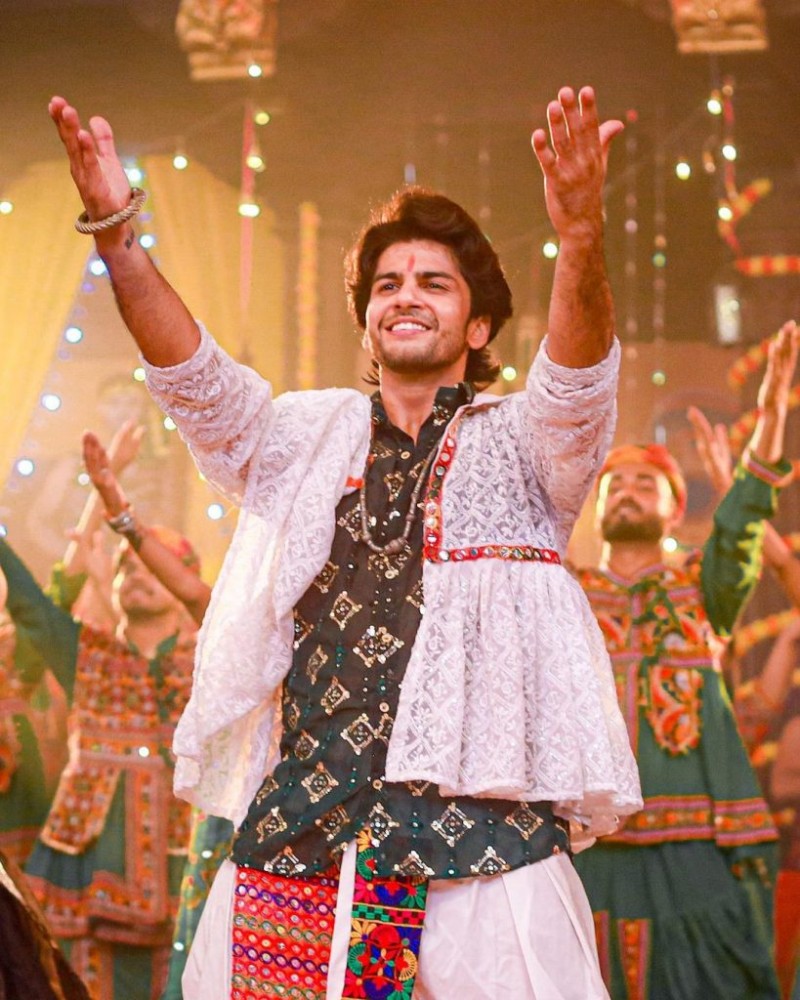
A day-long festival, Vijayadashami or Dussehra, is an esoteric Hindu tradition celebrated at the end of Navaratri in countries like India, Nepal, Sri Lanka, Bangladesh, and Pakistan. The primary purpose behind the festival is to commemorate the victory of good, Lord Rama, over evil, Ravana.
As a tradition, people set special prayers and food offerings to the god and goddesses at home and in temples. However, outdoor events like Ramlila parades (to celebrate the glory of Rama) and burning effigies of Ravana (a mythical evil king of ancient Sri Lanka) on bonfires are the two most significant activities to “exile” sinister evils and spirits.
Obon Festival – Japan
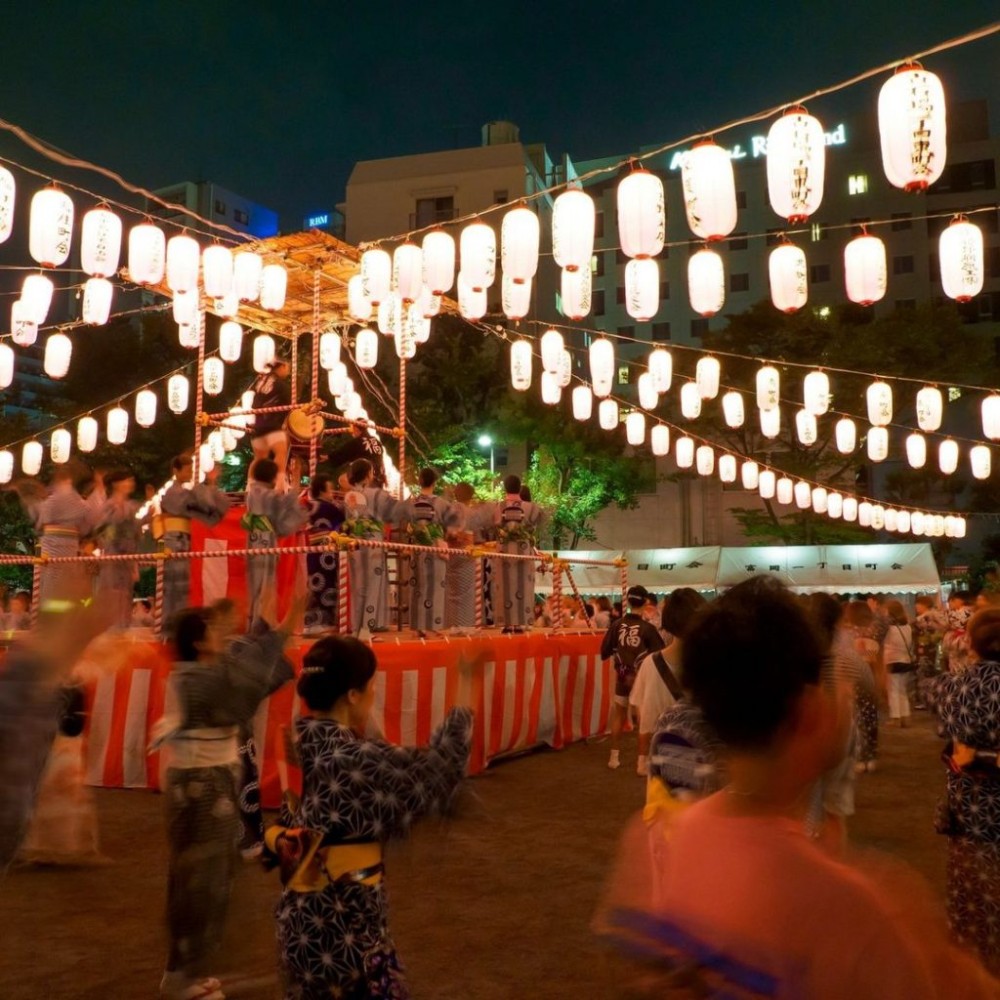
Obon or Buddhist All Souls Day is a major Japanese ghost festival, often also called a summer Halloween. The celebration lasts four to five days, starting every 15th day of the ninth month of the lunar calendar.
The day begins with a Mukaebi practice – Japanese meaning “welcoming fires” – where people set a small bonfire in front of their houses to help spirits find their homes. Then they provide a memorial service called Hoyo or Kuyo by inviting a Buddhist priest to their homes or visiting nearby temples. Finally, the Obon concludes with a tradition of Okuribi – another bonfire to cast ancestrial spirits back into their world.
Also see: 5 Things to know about F(x) Krystal Jung
Día de Muertos – Mexico
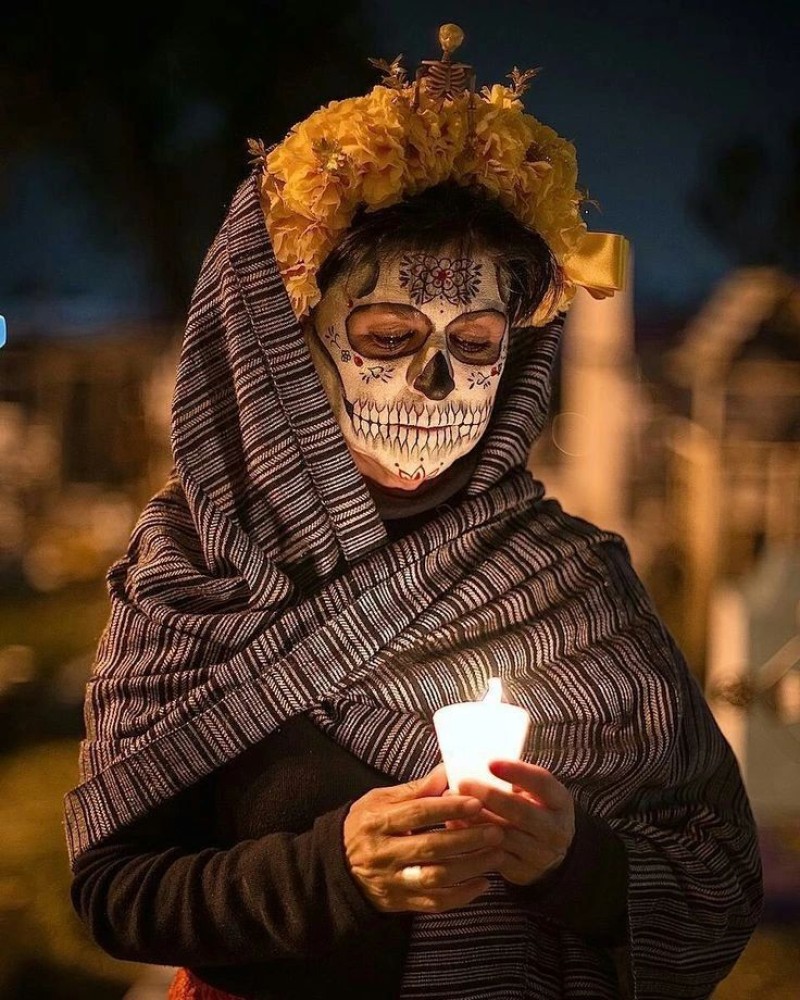
Día de Muertos, or The Day of the Dead, is a spooky holiday from October 31 to November 2 in Mexico that brings the living and dead together. Apart from Mexico, countries with European religions or Spanish cultures also commemorate the holiday.
Calaveras or skulls are representative symbols of this holiday. The skulls are depicted with a smile in many forms like face paintings, sugar candies and clay decorations to face death. Moreover, Flor de Muerto (or Mexican Marigold) is a Spanish terminology for Flower of Dead. It has a very strong scent and symbolises the beauty and fragility that creates a pathway for the spirits to their offerings. Such flowers are used as decorations to return the evil souls back to where they came from.
Also see: #legend October 2022 giveaway


